
views
Preparing the Mattress
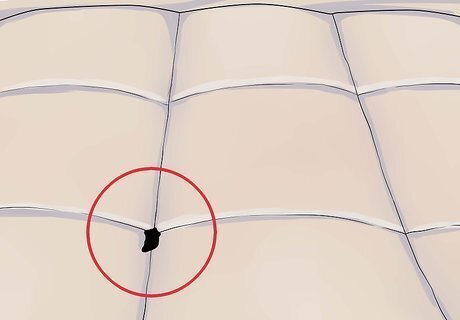
Find the leak. From simply listening for the leak to spraying the mattress with soapy water and looking for bubbles to more extreme tests like submerging the mattress in a tub or swimming pool, the many tests for find a leak in your air mattress are detailed in 5 Ways to Locate a Leak in an Air Mattress. However, the most reliable methods seem to be the easiest: using your ears and spraying the mattress with soapy water. Whichever method you choose, always inspect the mattress systematically. First inspect the valves. Then, check the seams. Finally, inspect the flat surfaces of mattress.
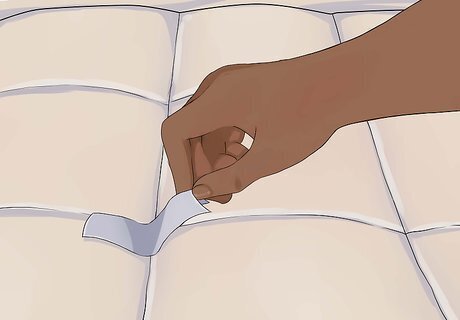
Mark the leak. Use a permanent marker or a piece of masking tape. For “flocked” (fuzzy) mattresses, use fine grit sandpaper or an emery board to smooth the area before attempting to patch it. Be gentle! And make sure to remove any debris with a damp cloth or vacuum cleaner before proceeding. Alternatively, use acetone—an ingredient found in many nail polish removers—to smooth the flocked area before patching it. Wet a cotton ball with a small amount of acetone and dab the area around the hole. Then, use something rigid like a spoon to scrape away the flocking. Finally, use rubbing alcohol to clean the area thoroughly.

Dry the mattress completely. Use hair dryer to speed up the process. Or let the mattress air-dry overnight.
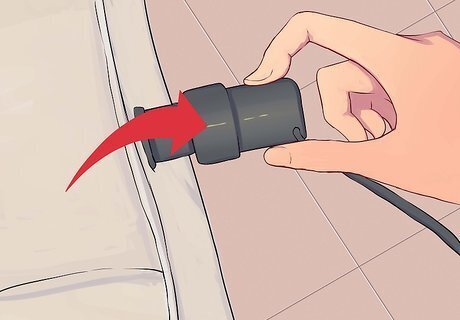
Deflate the mattress.
Stopping a Pinhole Leak
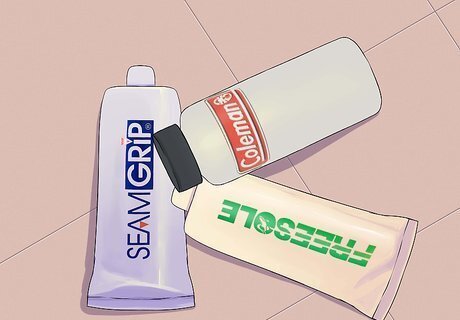
Gather your materials. You will need a urethane glue like McNett’s Freestyle , Seam Grip, or Aquaseal, or Coleman’s Seam Sealer.

Smear a small amount of glue over the hole.
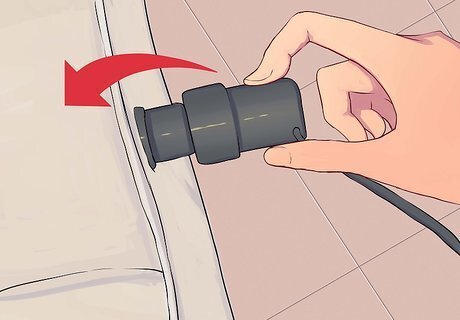
Inflate the mattress. As the mattress inflates, the glue should seal the hole. In the event that you are unable to seal the hole with glue alone, proceed to Method 2, “Patching a Small Hole or Tear.”

Let the glue dry. This will take 24 hours. Make sure the glue is dry before you use the mattress.
Patching a Small Hole or Tear
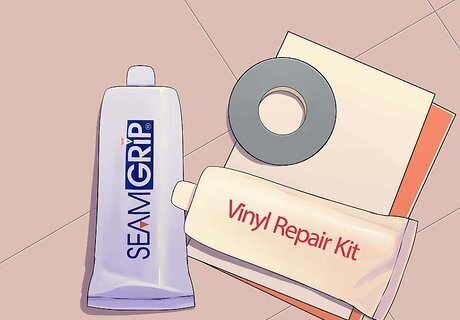
Gather your materials. You will either need an air mattress repair kit or the equivalent components: an adhesive and a piece of vinyl that’s larger than the hole you’re repairing. Use any vinyl repair kit instead of an air mattress repair kit. Choose an adhesive that’s made expressly for sealing seams. Try McNett’s Seam Grip or Coleman’s Seam Sealer. You can also consider using rubber cement. Duct tape can be used in place of the vinyl if no other alternatives are available. You may also need something with which to apply the adhesive. A small paint brush is ideal.
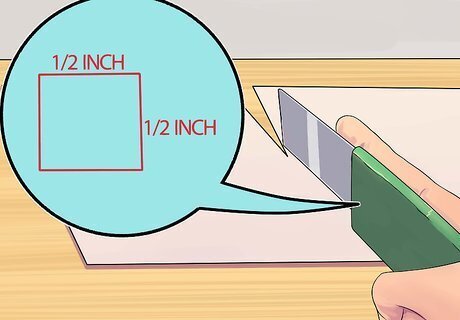
Measure and cut a patch that’s at least ½ inch bigger on all sides than the tear.
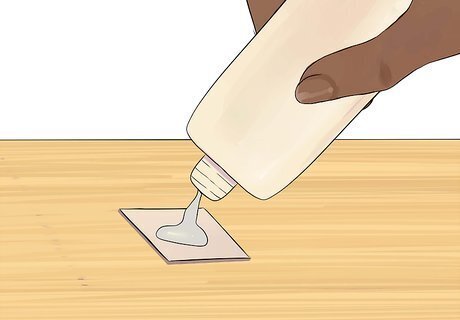
Apply the adhesive to one side of the patch. Use the applicator that came with the adhesive or small paint brush. Make sure you cover the entire surface of the patch. If the leak is small and in an area where a patch cannot make full contact with the mattress fabric, you can try plugging the leak with a small a bit of adhesive.
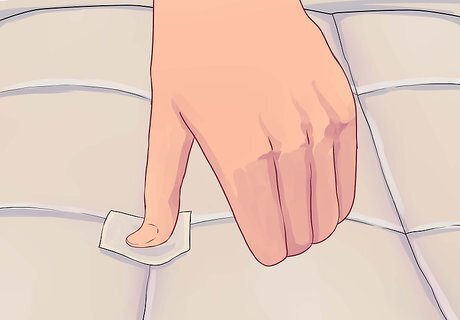
Press the patch, adhesive-side down, onto the tear or hole. Press firmly and smooth it out. The goal is get the patch to make full contact with the mattress. Consider weighting down the patch with a 10-pound weight to ensure full contact between the patch and the mattress.

Let dry for several hours. Exact drying times will depend on which adhesive you’ve used. Refer to the directions on the package.
Fixing a Leak in the Seam

Consider returning the mattress. If the mattress is new, a leak in the seam may indicate a defect or poor quality.
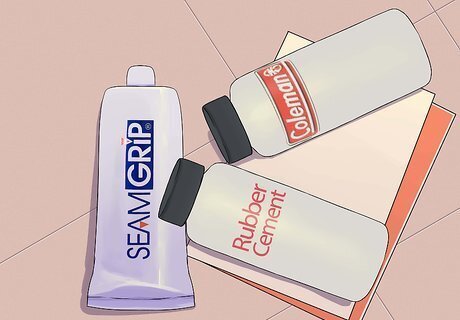
Gather your materials. You will need an air mattress repair kit or the equivalent components: a vinyl adhesive and a vinyl patch. When purchasing adhesives, look for urethane glues like McNett’s Seam Grip or Coleman’s Seam Sealer. Instead of urethane glue, you can try rubber cement.
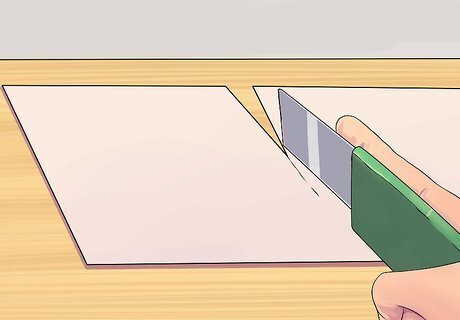
Cut a patch from a repair kit or a spare piece of vinyl so that it will cover the tear.
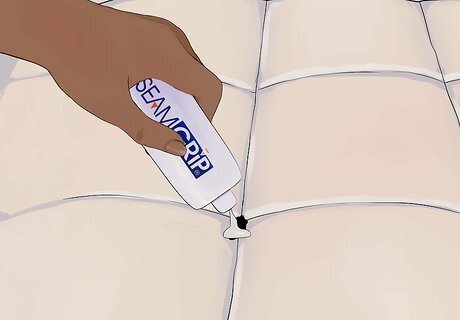
Smear an ample amount of adhesive over the tear. Use the applicator that came with your adhesive or a small paint brush. Make sure the adhesive extends ¼ of an inch beyond the edges of the tear. If you’re fixing a seam on a flocked surface, use more adhesive to ensure that the two sides of the seam stick together.
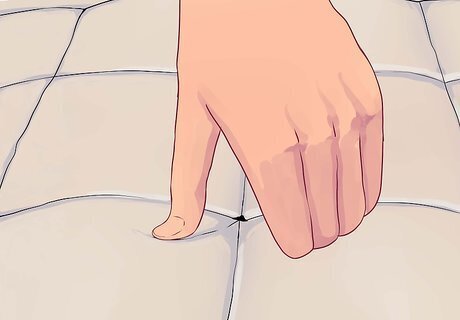
Press the two sides of the seam together. The goal is to make sure that both sides of the opening remain in contact while the adhesives sets up. Consider using clothespins to hold the two sides of the tear together. Just be careful not to glue the clothespins to the mattress.
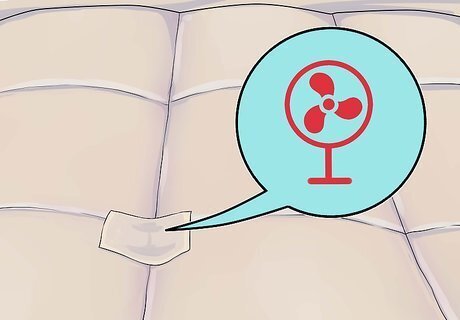
Let the adhesive dry almost completely. This is called “setting up” and will take a few hours.
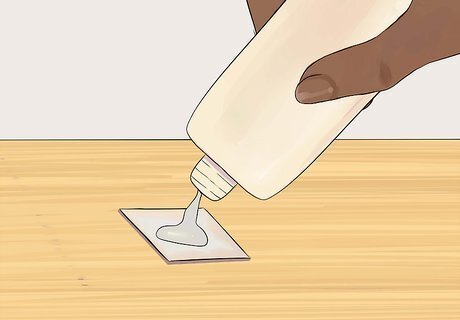
Apply a layer of adhesive to the patch.
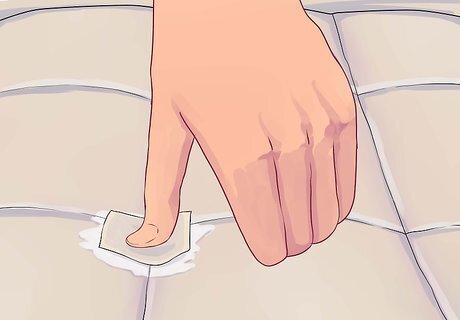
Place the vinyl patch onto the newly applied rubber cement, following the instructions on your repair kit.

Allow the adhesive to dry completely. Drying times will vary depending on the adhesive but 6-8 hours is a good bet.
Repairing the Valve
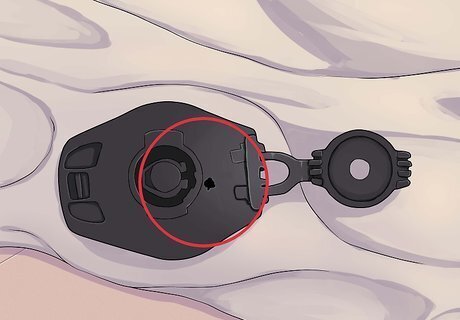
Assess the damage. Is there a hole or a crack? A hole will be easier to fix than a crack. If there’s a crack you might need to order a new valve from the air mattress manufacturer. This is a long-shot method and may not always work. Often, a severely damaged valve means that you’ll need to buy a new mattress.
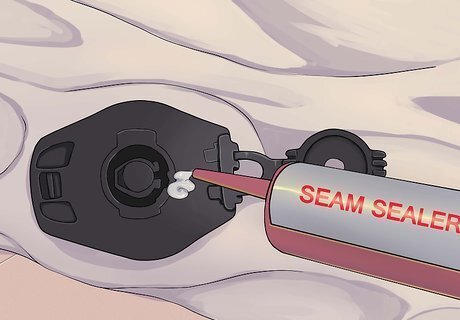
Plug the hole by filling it with rubber cement or seam sealer.
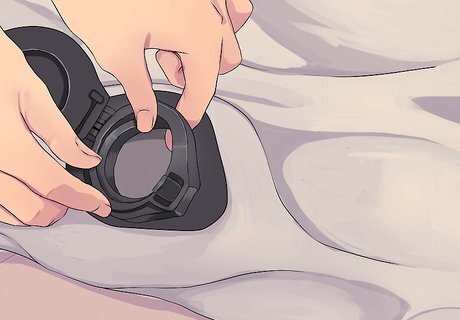
Seal the valve. If the valve is leaking air because the valve plug isn’t properly sealing against the valve stem, you can line the stem with a thin piece of plastic to help it seal properly.
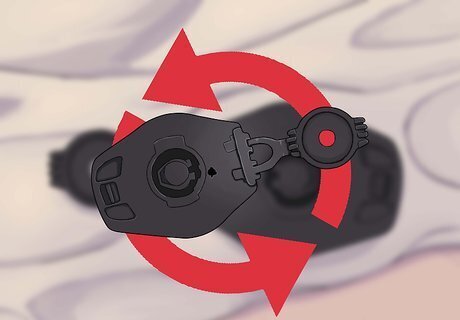
Replace the valve. If the valve is damaged beyond repair, order a new one from the manufacturer and replace it according to the instructions.
Checking your work
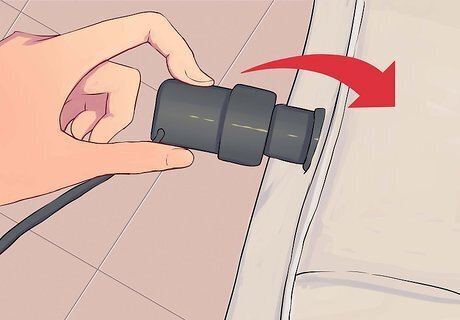
Re-inflate the mattress.
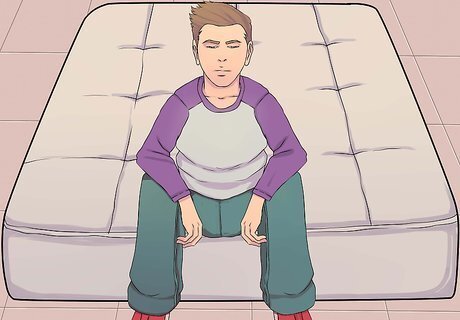
Place a weight on the mattress.
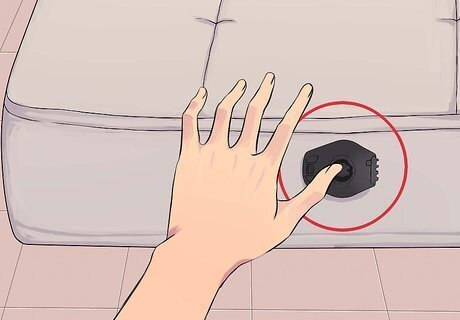
Listen for leaks. Pay special attention to the areas you repaired. Consider using the soap water detection method. Then wait a few hours and check again.


















Comments
0 comment